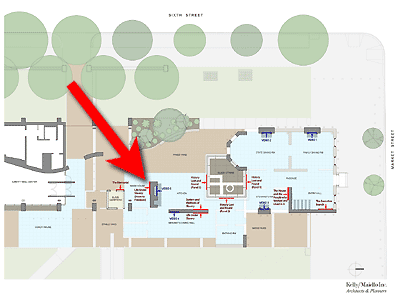HOW DID ENSLAVED PEOPLE BECOME FREE?
THE LAW
Owners were always legally able to emancipate enslaved Africans and their descendents. A few, such as George Washington, chose to do this in their wills; some emancipated them during their lifetimes.
Still, we must ask why so many waited until they were forced to do so by the Emancipation Proclamation in 1863 and the 14th Amendment in 1868.
In 1780, Pennsylvania passed the nation’s first Gradual Abolition Act. This law only freed those born after March 1, 1790 to enslaved mothers; these children were still bound to their masters until they reached age 28.
Pennsylvania law automatically emancipated enslaved after they had resided there for six months. Religious objections from the Quakers and others, as well as new ideas from the Enlightenment, caused some to question the morality of slavery. Even Washington and Jefferson said they opposed the institution, though neither emancipated all his slaves during his lifetime.
Other states enacted gradual emancipation laws, and some territories were brought into the nation as slave or free. These issues were ... contentious and impassioned and, the rift between the states finally escalated into the secession of southern states and the Civil War.
SELF-EMANCIPATION
Both Absalom Jones and Richard Allen were born into slavery. Appealing to religious conviction, each convinced his owner to let him keep a portion of his earnings. After five years Allen was able to buy his freedom and that of his brother for $2,000 each.
By 1778, he had purchased his wife’s freedom so that their children would be free. It took him another seven years to buy his own freedom and seven years after that to buy his older son’s who had been born enslaved.
REFUGE IN CHURCH
In the fall of 1792, Richard Allen, Absalom Jones and other free African members were asked to give up their seats in St. George’s Methodist Church to white members. They had already begun planning to establish an independent black church, and this accelerated the plan; they chose to leave the congregation and founded “Mother Bethel,” the first black African Methodist Episcopal church in the United States. Along with St. Thomas African Episcopal Church, Mother Bethel continues to anchor the African American community in south Philadelphia, just a few blocks from the President’s House.
While some sought to extend rights to all free white men, a small but growing movement wanted to abolish the international slave trade and slavery as well. In 1794, a handful of white Quakers and others in the Pennsylvania Abolition Society urged people to prepare African American children “for becoming the good citizens of the United States, a privilege and elevation to which we look forward with pleasure.
ORGANIZING WITHIN
When free African Philadelphians, including Absalom Jones and Richard Allen petitioned Congress with their grievances in 1799, they considered themselves “in common with . . . every other class of Citizens.” Though Congress rejected their petition, free Africans continued to debate and petition, to publish newspapers and pamphlets, arguing for their citizenship and the freedom of their enslaved brothers and sisters. Ultimately, their work helped to fuel a growing international movement against slavery and inequality.





